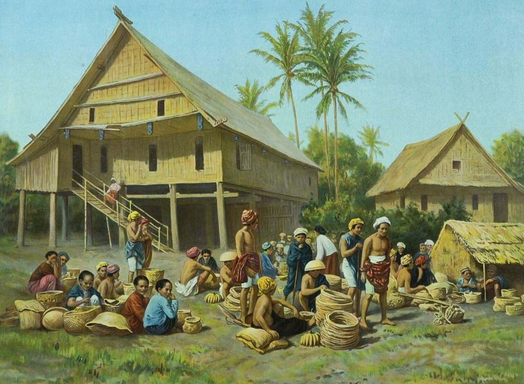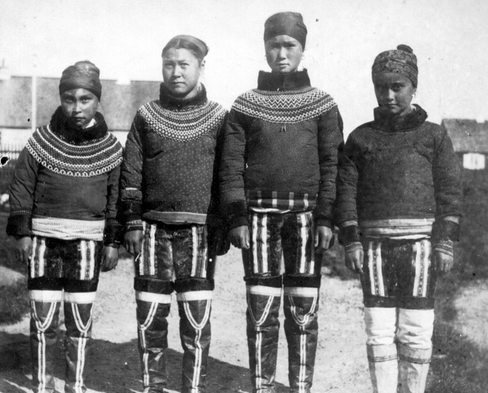For one final time, the Parliament of Britain approved on Monday a bill which makes a big change to the line of succession of the British throne. A long standing rule that younger males should take precedence over their older female siblings will no longer be in effect. However, there are fifteen other realms included in the Commonwealth which must approve this bill in order for the change to take effect.
While not ground-breaking for most, this rule signals a big change in the British line of succession, something that has not occurred in centuries.
A history of succession
The ordered line of succession to the throne of Britain truly began with the Protestant Electress of Hanover, Sophia. Due to her almost absolute claim to the throne, she was declared the heiress to the Queen of England and Ireland at the time, Queen Anne. This was known as the Act of Settlement 1701 and set the stage for a long and prosperous rule which wasn’t filled with as much disagreement as the controversial line of succession that came before it due to the content of the Act.
The Act of Settlement 1701
The Act of Settlement 1701 clearly laid down the law that only the true Protestant heirs of Sophia, Electress of Hanover, who is the grand-daughter of James I, may be allowed into the line of succession and succeed the British Throne. Roman Catholics were not allowed to succeed into the line, and any of those who had a place in the line of succession but married a Roman Catholic would also be removed. Likewise with those born out of their wedlock.
It is also stressed in the Act of Settlement 1701 that the true crown of the throne is passed on through male primogeniture. This means that even if sons are younger than their sisters, their position in the line of succession is still higher.
How the combined effort for equal rule began
On the 28th of October 2011, during a summit by the Commonwealth Realms, the leaders all agreed to work on changing the laws of succession – their main focus was allowing all of the descendants of the Prince of Wales to be able to marry a Roman Catholic yet still be able to remain in the British line of succession. By doing so, they also effectively eliminate the male primogeniture. What this means is that if ever the Duke and Duchess of Cambridge were to have a daughter as their firstborn she would be third in the line of succession (Prince Charles and Prince William, being the first and second in succession, respectively), and any son born after would not take precedence.
Taking steps to a brighter line of succession
The efforts of that fateful day culminated in the British Parliament accepting the rule. Due to the fact that all the leaders of the realms supported this bill in the first place, it will not be long before the rule is in place, as it will without a doubt be accepted by all leaders of the Commonwealth.















Facebook
Twitter
Pinterest
Google+
LinkedIn
Email